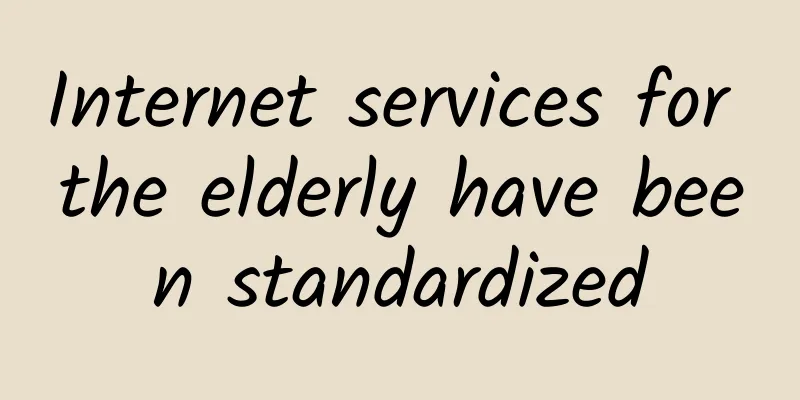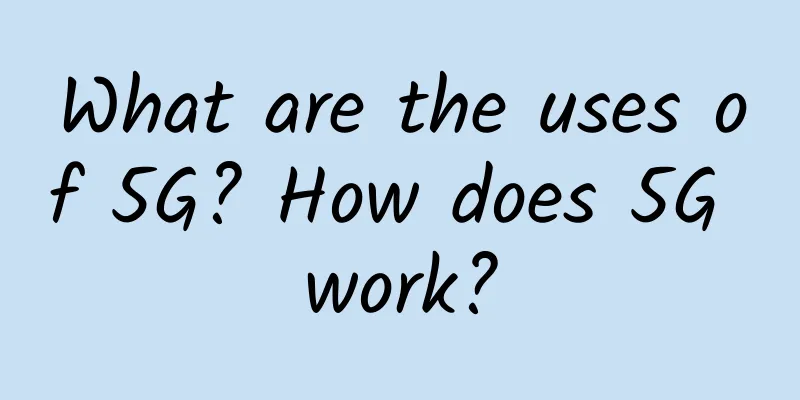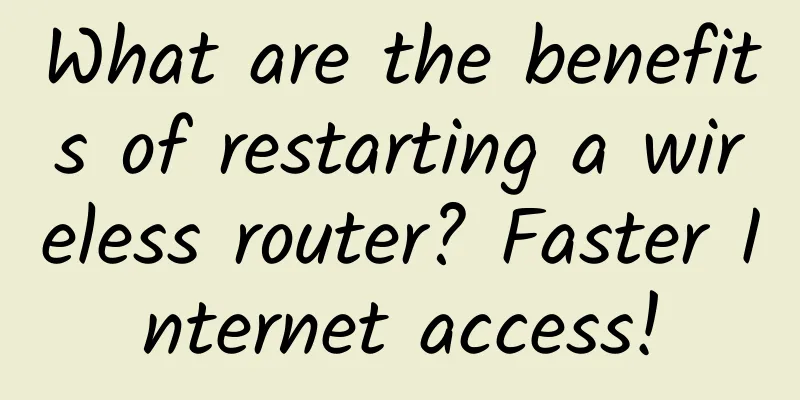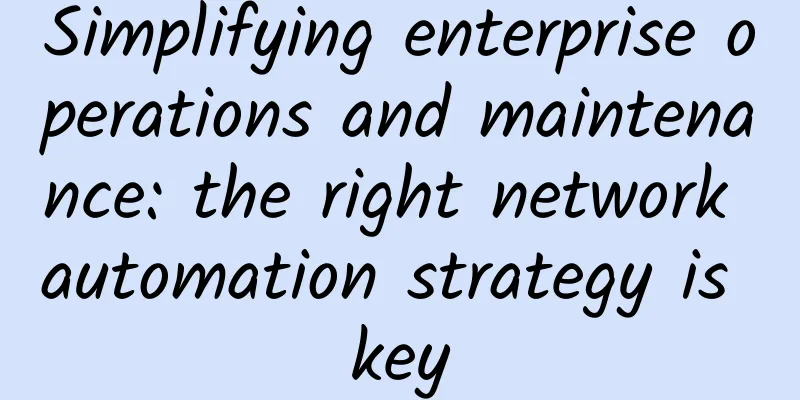If you don't even know how to attack and defend a switch, what's the point of being a network engineer?
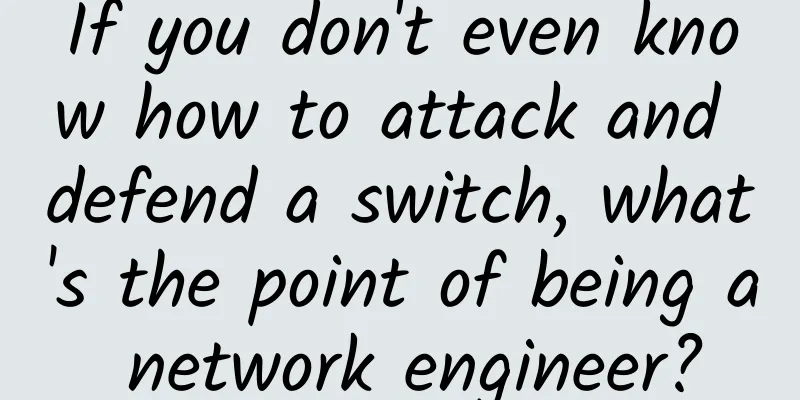
|
Why should we care about switch security???
This diagram mainly shows that firewalls, routers, and switches are generally placed at the border or DMZ, core and distribution layer, and access layer respectively; Among these devices, why are switches the least secure?
Possible attack forms and defense measures at the switch level: For so many forms of attack, we can roughly divide them into four categories:
1. VLAN Hopping Attack Use Trunk or Double Tag (native) to sniff or attack information from other VLANs Countermeasures:
2. STP spoofing attack Influencing the spanning tree topology by forging incorrect BPDU messages Countermeasures: (1) Configure BPDU guard on the interface (access) connected to the host or router. This type of interface should not receive BPDUs. If it does, the interface will be set to error disable state. spanning-tree bpduguard enable on the interface (2) Or configure Root Guard on the above interfaces. This type of interface can receive BPDUs, but if it is a better BPDU, the interface is set to error disable state to avoid the change of the root bridge. spanning-tree guard root under interface MAC spoofing attack Stealing other people's MAC addresses to forge attacks, or illegally accessing the network to steal information Countermeasures:
IV. CAM/MAC Flood Attack By continuously forging MAC addresses and sending messages, the switch CAM table is flooded with junk MAC addresses in a short period of time, the real MAC is squeezed out, the known unicast becomes unknown unicast, and is forced to flood, causing the data to be sniffed. Countermeasures: Port security, limiting the maximum number of MAC addresses that a port can learn 5. DHCP Server Spoofing Attack The illegal DHCP server preemptively allocates addresses to customers, issues fake gateway addresses, and directs customer traffic to the "middleman" to achieve information sniffing. Countermeasures: Configure DHCP Snooping on the Layer 3 switch to monitor DHCP messages and intercept address allocation messages from illegal DHCP servers. 6. DHCP starvation (address pool exhaustion) Constantly changing MAC addresses and forging DHCP request messages will consume all the addresses in the DHCP server address pool in a short period of time, making it impossible for legitimate users to obtain IP addresses. Countermeasures:
7. ARP Spoofing Publish fake ARP reply messages to direct customer messages to the "middleman", thereby achieving data sniffing. Countermeasures:
8. IP address spoofing Stealing IP addresses, illegally accessing the network, or impersonating others to send attack traffic Countermeasures:
9. Attacks on the switch itself Intercept CDP (plain text) messages, obtain the switch management address, and then perform brute force password cracking; intercept Telnet messages (plain text) and sniff passwords. After obtaining switch management permissions, they can do whatever they want. Countermeasures:
|
<<: Are the operators wronged when being questioned about “4G speed reduction and 5G hibernation”?
Recommend
CMIVPS: US VPS monthly payment 60% off, annual payment 50% off, Seattle high-security AS4837 line optimization starting from $4/month
This month, CMIVPS is offering a limited special ...
Exploration and implementation of 5G+AI in the security industry
With the empowerment of 5G+AI in the security ind...
Detailed explanation of HTTP protocol security-related headers
HTTP security headers are a fundamental part of w...
Data center "cloudification" solves the embarrassment of virtualization
Virtualization technology is being used more and ...
SPI Subsystem SPI Driver
1. SPI driver source file directory Linux common ...
Beware of these pitfalls when buying wireless routers: Gigabit Ethernet ports and 5GHz are the most critical
315 is coming soon, and various consumer rights p...
The secrets of the mobile data war: "Unlimited" is conditional
As the deadline for the cancellation of roaming c...
5G ToB development enters a golden period, and industry-specific networks enable digital transformation
[[386226]] 1. Introduction With the vigorous prom...
10 pain points: How IT departments face edge computing
From networking and integration to failover, asse...
2021 China Internet Haha List 4: Top Ten Figures
2021 is a year of rapid change in the field of sc...
5G network frequency band allocation is in turmoil again. Will the country allow spectrum resource auctions?
The recently revised "Radio Management Regul...
[Important] IDC and Deepin Technology jointly released the technical white paper "Three Highs Application Delivery to Realize the All-Round Experience of Digital Natives"
The global economy is entering the digital econom...
RAKsmart: Dedicated server seckill starts from $30/month, Japan/Korea server seckill starts from $59/month
At the beginning of the month, I shared RAKsmart&...
V5.NET: Hong Kong CN2 server 625 yuan/month, 2*E5-2630L/32GB/1TB SSD/10M CN2 line
V5.NET has released a special promotional model, ...
If operators want to make profits, they should eliminate 4G packages first.
[[346837]] After 2019, the first year of 5G, and ...
